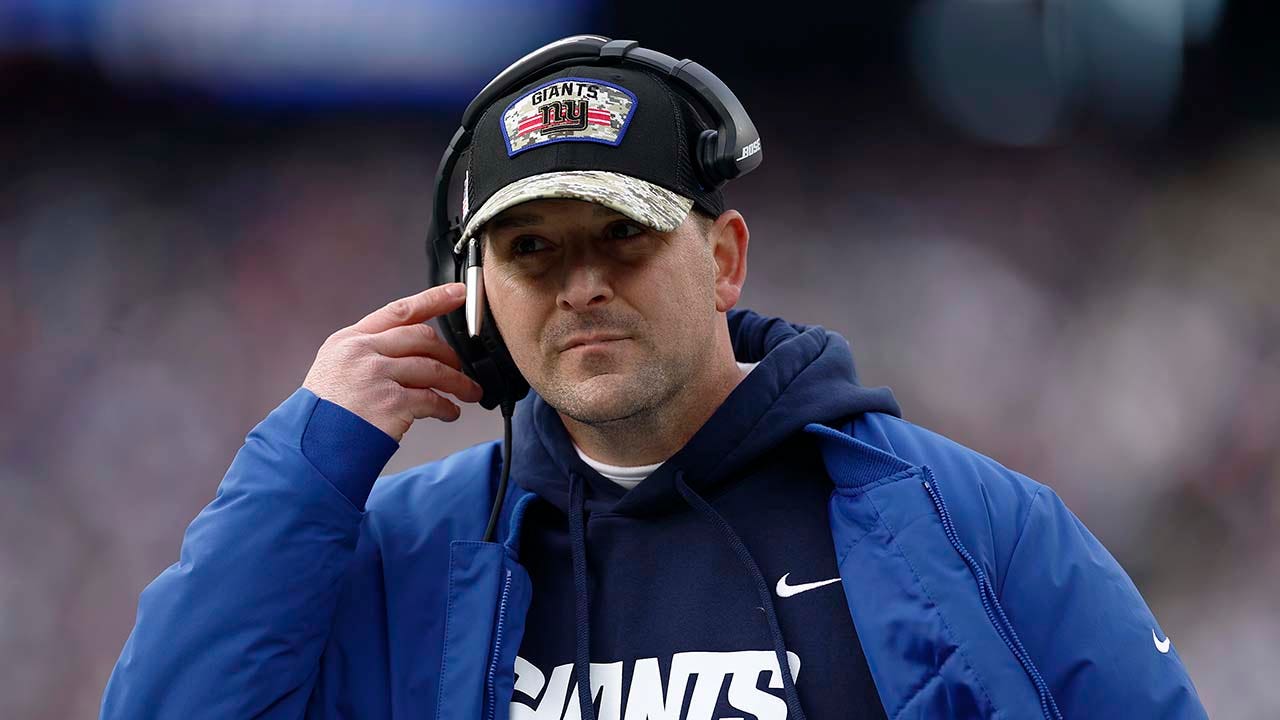The Tampa Bay Rays, for the first time in their history, will actually play their home games in Tampa. The team’s home slate will take place at George M. Steinbrenner Field, the spring training home of the New York Yankees.
Tropicana Field, the Rays’ home facility, was “significantly damaged” during Hurricane Milton on Oct. 10, with the roof being ripped off. The Rays selected Steinbrenner Field because it was the “best-prepared facility in the Tampa Bay region,” according to a news release.
“We deeply appreciate that the Yankees have graciously allowed us to play at Steinbrenner Field for the 2025 season,’’ Rays owner Stu Sternberg said in the statement. “The hurricane damage to Tropicana Field has forced us to take some extraordinary steps.”
“We are happy to extend our hand to the Rays and their fans by providing a major-league quality facility for them to utilize this season,’’ Yankees owner Hal Steinbrenner said in a statement. “… We understand how meaningful it is for Rays players, employees and fans to have their 2025 home games take place within 30 minutes of Tropicana Field.”
There has been no determination yet as to how the change will impact the Tampa Tarpons, the Yankees’ Single-A affiliate and Steinbrenner Field’s normal regular-season occupant.
The Rays also talked extensively to the Philadelphia Phillies about using the Phillies’ spring training complex in nearby Clearwater, which offered advantages because it’s also located in Pinellas County. However, the Rays opted for Tampa for several reasons. One is that Steinbrenner Field seats upward of 2,000 more fans, which could translate into significantly more revenue over 81 games.
Another is that the Yankees’ facility was viewed by the club as having facilities – particularly in and around the clubhouse – that are more suitable to housing a major league team over six months, as opposed to six weeks.
A third is that ultimately, the Rays preferred the central location offered by a stadium in Tampa, as opposed to Clearwater, which is a longer drive for much of their fan base.

The aftermath of Hurricane Milton at Tropicana Field in St. Petersburg, Fla. (Paul Hennessy/SOPA Images/LightRocket via Getty Images)
A damage assessment report released earlier this week estimated that Tropicana Field would not be ready before 2026, and would cost around $55.7 million in repairs. It is possible much of the damage could have been avoided if the team had replaced its roof in the years prior.
With the team hoping to move into a new St. Petersburg venue in 2028, it is unclear what the long-term plan for the Rays will be beyond 2025. Steinbrenner Field has a capacity of 11,000 and notably does not have a roof given the rainy weather typical for the region throughout the summer. It has, however, recently undergone renovations to expand clubhouse space, improve the lighting and upgrade the facilities writ large.
The Rays will be the second MLB team playing in a minor-league stadium in 2025, with the Athletics planning to spend the next three seasons at Sutter Health Park in West Sacramento, Calif., ahead of their move to Las Vegas in 2028.
The Rays and league prioritized playing the team’s home games in the region, rather than moving to a larger or domed facility. It’s also not the first time regular-season games will be played at a Tampa-area spring training site. The Toronto Blue Jays opened the 2021 season with home games at their spring training site in Dunedin.
“Given the significant challenges caused by Hurricane Milton, I appreciate the hard work and collaboration between the two teams,” commissioner Rob Manfred said in the release. “This outcome meets Major League Baseball’s goals that Rays’ fans will see their team play next season in their home market and that their players can remain home without disruption to their families.”
Additional reporting by Chris Kirschner.
(Top photo of Steinbrenner Field in 2017: Justin K. Aller/Getty Images)






